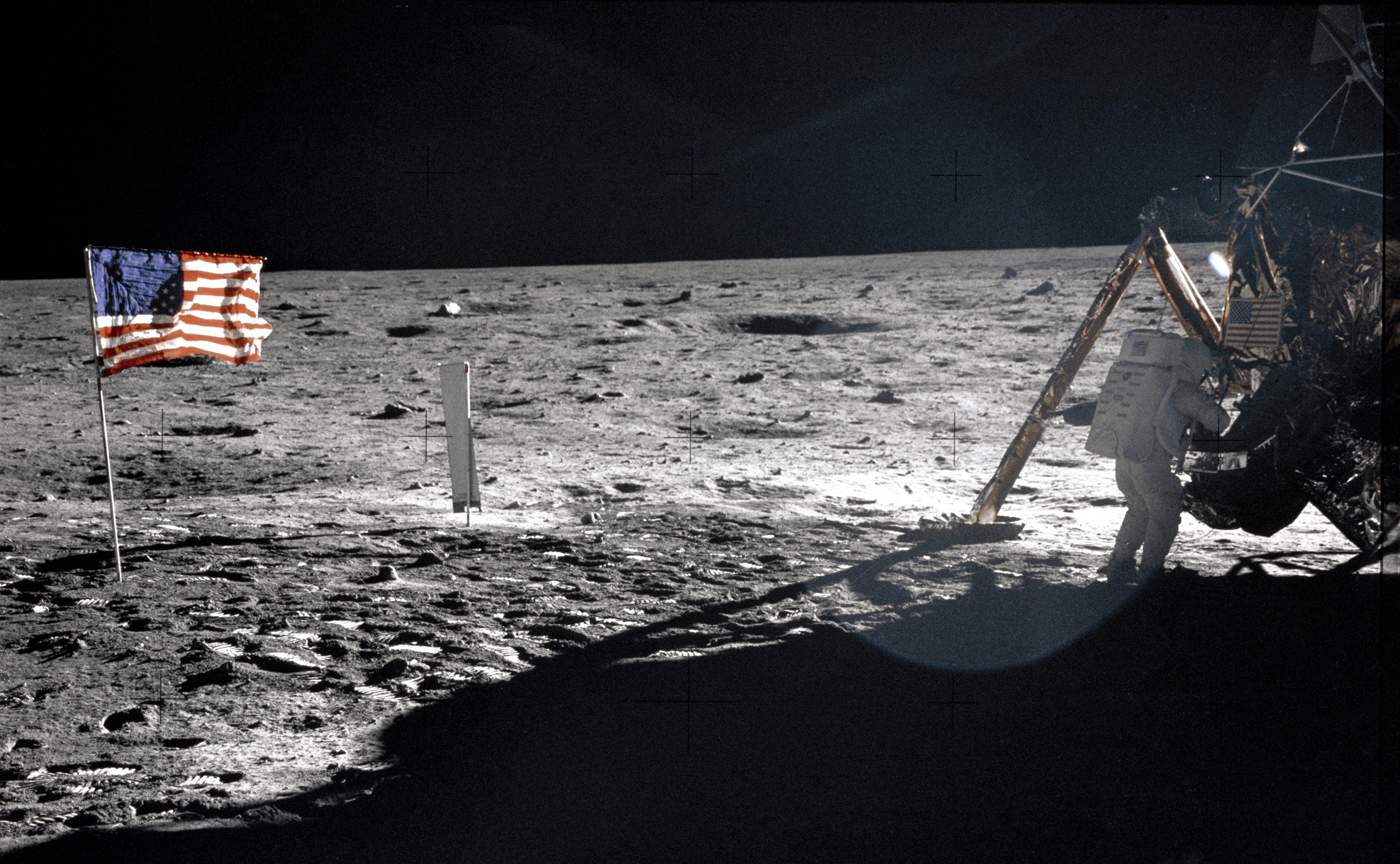“Houston, Tranquility Base here. The Eagle has landed.”
Those timeless words from Commander Neil Armstrong are etched in history, along the immortal celebration: “That’s one small step for man, one giant leap for mankind.” He uttered the words 50 years ago this weekend, immediately prior to completing a task of exploration that had previously been thought inconceivable.
The date – July 20, 1969 – marked the apex of one of humanity’s finest achievements, as Armstrong, Buzz Aldrin and the NASA-appointed Apollo 11 crew became the first humans to land on the surface of the Moon, barely half a century after mankind first took to the skies with the Wright Brothers.
As a bewildered and inspired global audience watched through the television pictures relayed back from Apollo 11, a generation was inspired into the scientific and mathematical fields.
But in celebrating a truly historic event 50 years later, we cannot understate the critical role Australian engineers and operators took on- with the goal of allowing not just a successful journey for the crew, but for people on Earth to follow along live. Thanks to their work, everyone remembers where they were and what they were doing at the crucial moment.
John Sarkissian, a senior operations scientist at the CSIRO Parkes observatory in NSW, provided some insight into just how important the facility was in establishing the worldwide signal of the moon landing as well as the event’s lasting technological and historical impact.
“I was six years old at the time watching it on television at school, I remember it vividly,” Sarkissian told Hatch.
“But for an entire generation it inspired people to take up science, engineering and mathematics as a career. It inspired millions of people to study the hard sciences.”
In addition to his own works in the field of astronomy, Sarkissian also served as a technical advisor for the Australian movie classic The Dish, which focused in a light-hearted way on the Parkes radio telescope and the Australian leg of the effort to get Apollo 11 to its ultimate goal.
“It was well known at the time that Australia was involved, and that Parkes and Honeysuckle Creek and other stations were all involved. It was widely publicised in all the media, radio, television, print, on front pages and leading news bulletins and so on, so people knew about Australia’s involvement,” Sarkissian said.
“Australia was able to show the world what it’s capable of, it’s something that all Australians should be rightly proud of … Australians actually saw the moonwalk one third of a second before the rest of the world and that was well known at the time too, so on the day everything worked beautifully thanks to the stations at CSIRO, Honeysuckle Creek and elsewhere.”
The film achieved considerable commercial success in Australia upon its 2000 release and as the 50th anniversary of the base of its story looms the movie serves as an important reminder of what the workers at Parkes radio telescope were responsible for producing to the world.
Shortly after 9:30am local time on July 16, Apollo 11 took flight from the Kennedy Space Center in Florida – aptly named, as it was the late President John F. Kennedy wo had had planned in 1961 to oversee “the landing of a man on the Moon, and returning him safely to the Earth” .Thus, more than four days were spent in the air prior to the separation of Eagle from the space shuttle Columbia and Armstrong’s crew began its history-making descent.
“The fact that it was done in peace, even though it started off as part of a Cold War rivalry, it was achieved in peace. The achievement was so enormous, it really united all of mankind,” Sarkissian said.

More than two hours after an uncertain period spent attempting to land the Eagle in areas containing large boulders and craters, the challenges were ultimately overcome and the Apollo 11 mission etched itself in history – with the last of many historically memorable quotes arrived from Buzz Aldrin, pilot of the lunar module and soon to be the second man to touch down on the Moon.
“This is the LM pilot. I’d like to take this opportunity to ask every person listening, whoever and wherever they may be, to pause for a moment and contemplate the events of the past few hours and give thanks in his or her own way.”
Sarkissian encouraged those commemorating the event half a century later to do the same when they look upwards on Saturday night.
“The last time man walked on the moon was December 1972, 47 years ago. When people return to the moon, that’ll be such an exciting event, I think it’ll fire people’s imaginations up almost as much as the first moon landing did.
“The moon will be rising in the early evening next weekend, so go outside, look at the moon and just think about the achievement, that people have actually walked on that moon. That in itself would be a grand realisation, and a nice way to celebrate the anniversary.”


